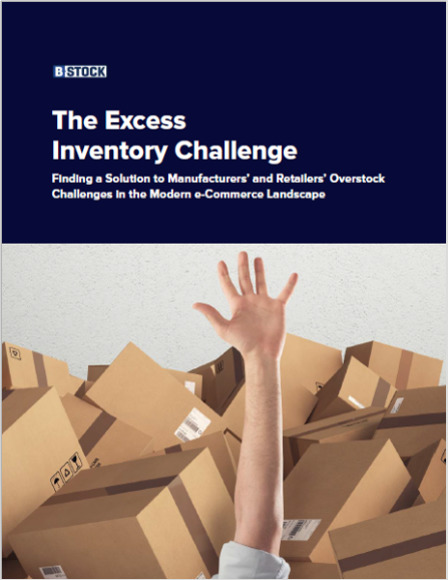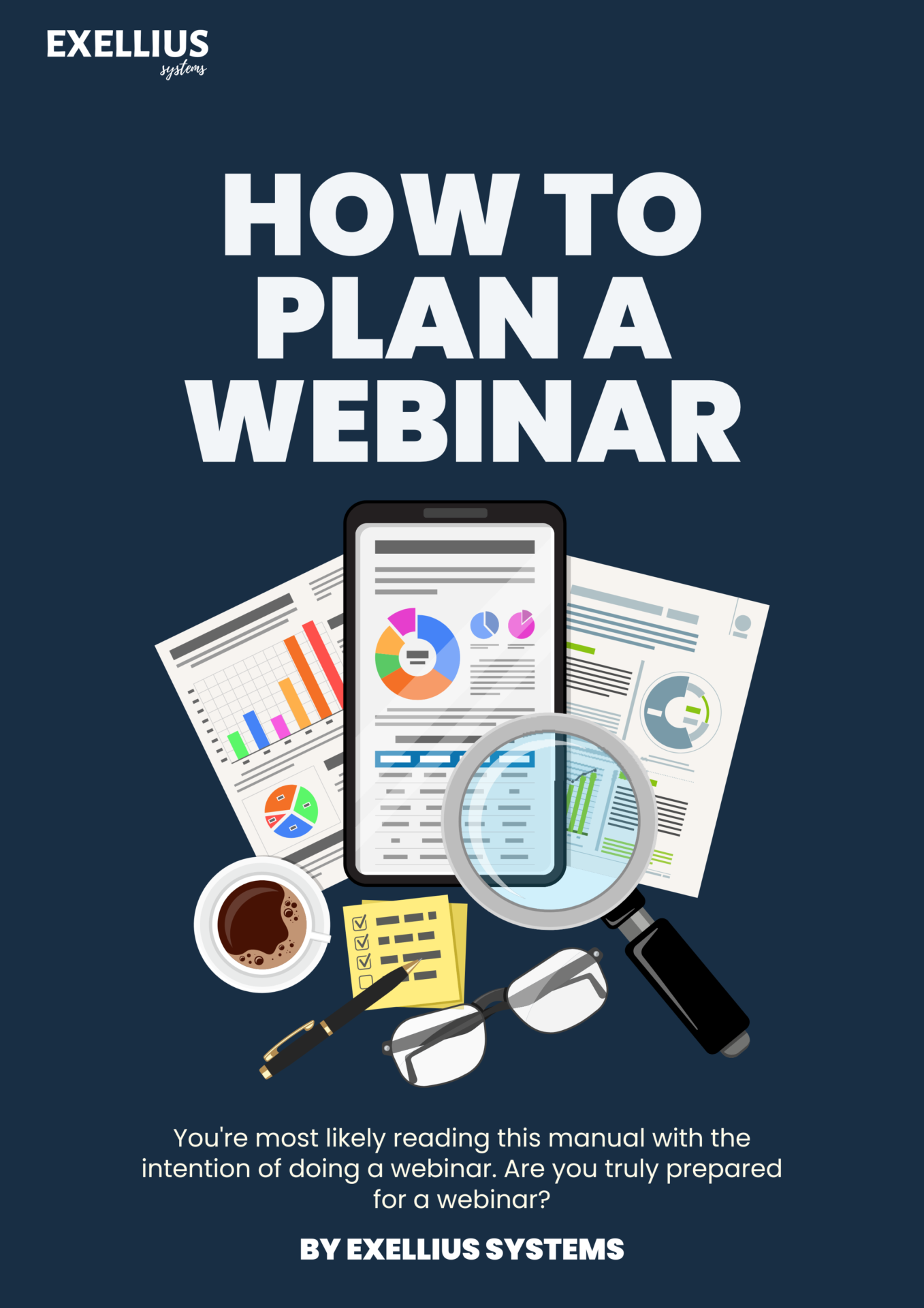
The rise of eCommerce has had a major impact on the retail industry, and one of the most significant effects has been an increase in overstock levels. In 2022, US consumers returned a record $816 billion in merchandise, much of which ended up as unsold inventory for retailers.
This overstock crisis is being exacerbated by today’s persistent supply chain slowdowns and other challenges. Retailers are now facing a perfect storm, with too much inventory and not enough customers to buy it.
This is a critical situation for retailers, as excess inventory can lead to a number of problems, including:
- Increased carrying costs
- Reduced cash flow
- Lower profits
- Damaged or obsolete inventory
- Poor customer service
In order to survive in this new retail landscape, retailers need to update their approach to inventory reduction. This means taking a more proactive approach to liquidation and finding ways to monetize unsold stock.
In this whitepaper, we will explore the “cost of doing nothing” with unsold inventory, how optimizing liquidation practices can improve your bottom line, and your best options for clearing out and monetizing your unsold stock.
The Cost of Doing Nothing
The longer you wait to address your overstock problem, the worse it will become. Unsold inventory ties up cash, takes up space, and can damage your brand reputation.
In fact, a study by the National Retail Federation found that retailers lose an average of 2.5% of their annual sales to unsold inventory. This translates to billions of dollars in lost revenue for retailers each year.
In addition to lost revenue, unsold inventory can also lead to increased carrying costs. Retailers typically pay interest on the money they borrow to finance their inventory. The longer unsold inventory sits on the shelves, the more interest retailers will have to pay.
Unsold inventory can also damage your brand reputation. If customers see that your shelves are full of products that no one wants, they will start to question the quality of your merchandise. This can lead to a loss of sales and a decline in customer loyalty.
Optimizing Liquidation Practices
There are a number of ways to optimize your liquidation practices and improve your bottom line. One important strategy is to develop a clear liquidation plan. This plan should outline your goals for liquidation, such as how much money you hope to recover and how quickly you want to sell the inventory.
You should also develop a process for identifying unsellable inventory. This inventory should be marked down or disposed of as soon as possible.
For sellable inventory, you need to find the best possible buyers. This may involve working with liquidators, online marketplaces, or even directly with consumers.
It is also important to price your inventory competitively. If you price your inventory too high, you will have a hard time selling it.
Monetizing Unsold Stock
In addition to liquidation, there are a number of other ways to monetize unsold stock. One option is to donate the inventory to charity. This can be a great way to generate goodwill and support a good cause.
Another option is to rent or lease the inventory to other businesses. This can be a good way to generate some cash flow from your unsold inventory.
Finally, you can also use unsold inventory as collateral for a loan. This can be a good way to raise money to finance your business or to cover your operating expenses.






